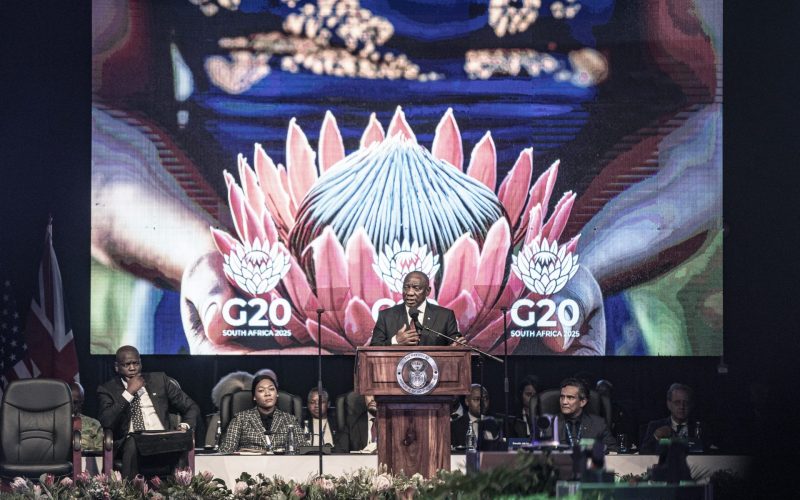Introduction
Food insecurity has emerged as a growing problem in the past few years despite Sustainable Development Goal 1. About 122 million more people faced hunger in 2022 than in 2019 before the global pandemic and around 42% of the world’s population – more than 3.1 billion people – were unable to afford a healthy diet in 2021.1Food and Agriculture Organization, The State of Food Security and Nutrition in the World (Rome: FAO, 2023)
The G20 has also recognised the problem and in 2021 identified three priority objectives: to increase responsible investment in food systems; to increase incomes and quality employment in food systems; and to increase productivity sustainably to expand the food supply.2G20 Development Working Group, “G20 Food Security and Nutrition Framework”, 2021; UNCTAD, Trade and Development Report 2023: Growth, Debt and Climate: Realigning the Global Financial Architecture (Geneva: UNCTAD, 2023








